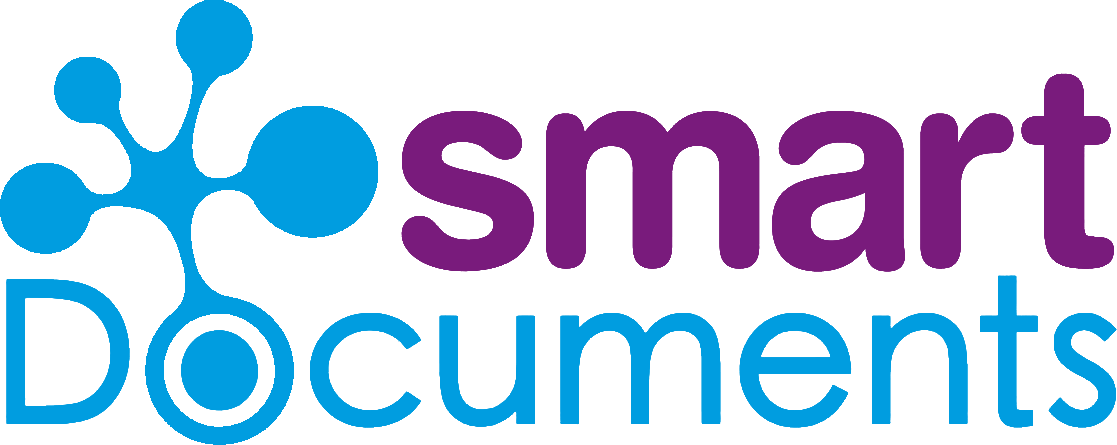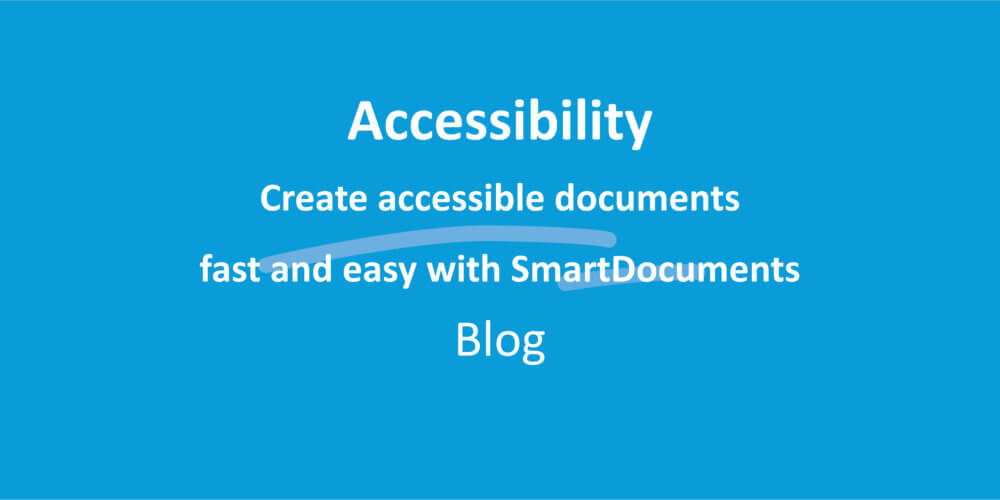Find your documents anytime, anywhere

Finally! It’s 5:36 p.m. on Friday evening, and you’ve just finished your last document of the week. Time to shut down the laptop. It was another productive week with an impressive volume of documents sent off, off and away. Always a great feeling!
Two weeks later, Joyce from Customer Service visits your office. Ms. Jones received the lease you prepared and thinks that a few things aren’t quite right. Joyce tried to find the lease agreement but to no avail. If only you could track down the template in the system... It would make the discussion with the now slightly irritated Ms. Jones a bit easier.
Lost documents
Uh-huh… ‘just’ track it down. That takes quite a bit longer than you or Joyce had expected. At first, it looks like the document is lost, but after some proverbial ‘blood, sweat, and tears,’ you manage to ferret it out. You’re relieved, Joyce is happy, and Ms. Jones… well, hopefully, she will be happy soon, too. The harrowing search cost you half your morning. And you had other things you needed to do. What went wrong?
A document without document properties
We know exactly where things went wrong. But you probably saw that coming. Why would we write these blogs if we didn’t have the answer? But we digress… Your document probably had little or no document properties assigned to it. And precisely these properties, also known as metadata, make your document easy to find. They indicate the basic details of your document. When you assign the right properties to your document, you can use thesem to find it later. Some examples include project -specific documents and properties such as ‘document type.’ In this case, you could have given your document the property ‘lease.’
No metadata, no document management
A document without metadata (properties) can be rather useless in some regards. Metadata provides information about the document and its contents. It’s simply impossible to manage a set of documents properly (or at all) without metadata. Because you can’t manage what you can’t find, right? Metadata are small labels (tags) that ensure the document is stored in the right place and manner. Though it may go without saying, the more specific your document properties are, the easier the document will be to find. For instance, if you could have searched for ‘Jones,’ ‘lease,’ and the contract date, you could have saved Joyce (and yourself) a lot of time. But the right metadata does more than help you find a document. They also make it easy to interpret documents (thanks to metadata like ‘title,’ ‘subject,’ and ‘summary’). Metadata such as ‘retention period,’ ‘authorization,’ and ‘file format’ also make document management a breeze.
The importance of metadata: an example
Microsoft SharePoint is one of the most commonly used programs in the world, and metadata plays a prominent role. This is because SharePoint works best if you ‘dump’ all your documents into one large environment rather than into many little folders with seemingly endless clicks to get to the file you need. So, you must work with metadata if you ever want to find your documents. All it takes is giving your documents the right, carefully selected metadata (document properties). SharePoint’s powerful search function makes sure you can find your documents again.
SmartDocuments: never lose your documents again
We don't know how you feel about it, but we love it when we can find our documents quickly (and so does Joyce). That’s why we’ve built the document properties feature into our SmartDocuments environment. This lets you add extra information (automatically!) to a document during document creation, so you can find it easier later on, using the search function in the explorer. This comes in handy when working with external applications (such as a DMS, case management system, or ECM) that can search by document properties. These systems will automatically read the document’s properties generated with SmartDocuments.




